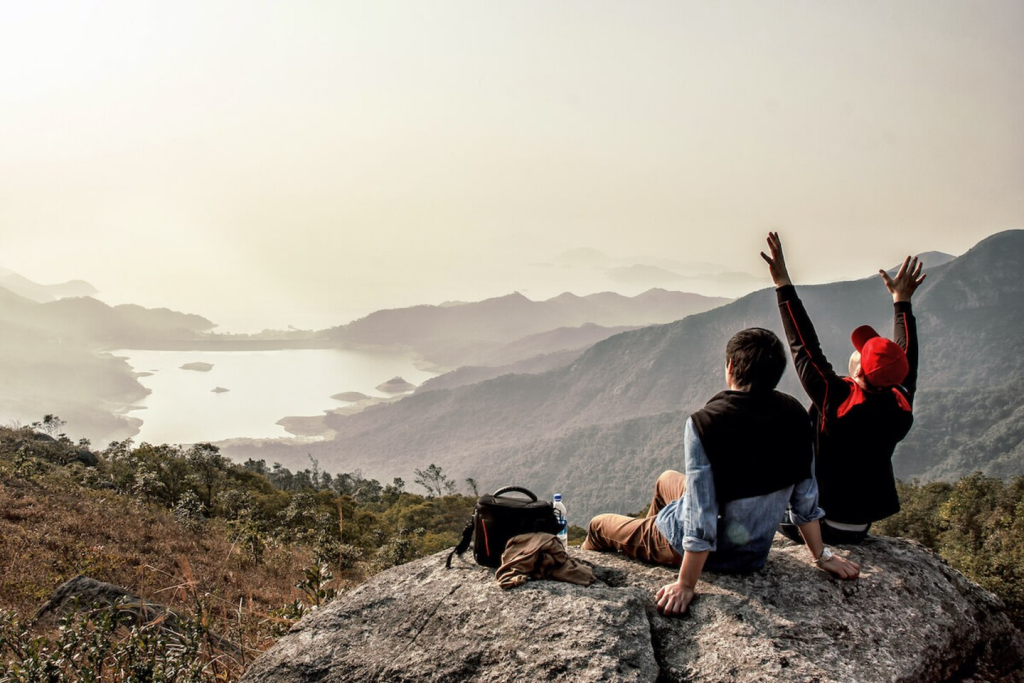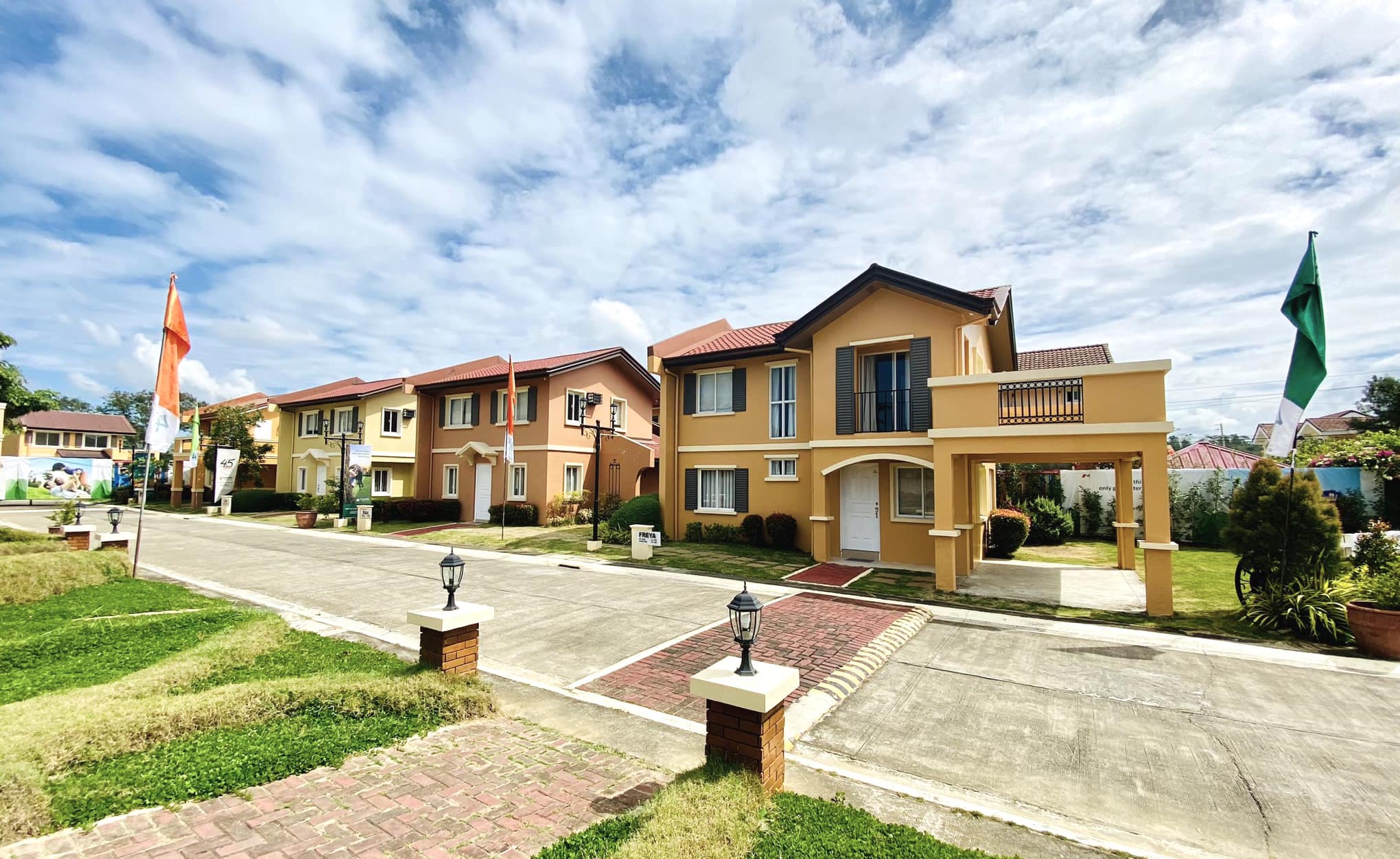
The Philippines is unmatched when it comes to epic hiking trips, rolling slopes, and breathtaking views. As of writing, there are over 3,000 summits that adventure seekers can climb across the country— good news for seasoned hikers and first-time hikers alike!
Whether you’re looking to scale the highest peak or simply enjoy the natural beauty of a sea of clouds or a pine forest, there are countless mountains to choose from.
This makes the Philippines a great hiking destination and can encourage more people to take a hiking trail suited to their level.
Benefits of Hiking
Besides being out in nature and experiencing a panoramic view atop a mountain’s trail, hiking is also one of the best outdoor activities because of its benefits to your mental and physical health. Some of the advantages of hiking include:
improving your heart health
boosts your endurance
building stronger muscles
enhancing balance and stability
Many athletes and active individuals also hike as part of their overall strength training and conditioning.
Where to Hike in the Philippines
There are countless hikes in the Philippines, so it’s worth knowing the top hiking trails to take on your next trip.
Mount Pulag (Northern Luzon)
The “Playground of the Gods”
People flock to Mount Pulag on summers and during Holy Week.
It’s also vast and sprawling across the Benguet, Ifugao, and Nueva Vizcaya. There are several trails going up the summit: Akiki Trail, Ambangeg Trail, Tawangan Trail, and Ambaguio Trail.
While there are no steep ascents, the hike to Mount Pulag is considered one of the more challenging climbs because of the distance you’ll have to cover to get to the top.
How it got its name
Mt. Pulag is the third-highest mountain in the Philippines. It’s one of the most popular hikes in the Philippines today because of the spectacular view of pine forests and the sea of clouds at the summit, particularly during sunrise. This has earned Mt. Pulag the nickname “Playground of the Gods.”
If you visit Mt. Pulag up during the rainy season or cold weather, pack warm and waterproof clothing since temperatures can drop in the area.
Mount Batulao (Batangas)
“Ilaw sa Dalawang Bato”
If you’re looking for a quick hike in the Philippines, consider Mount Batulao. It is located in the town of Nasugbu in Batangas and part of the CALABARZON Region in Luzon. It is a popular destination for a day trip and a short trek because it’s conveniently located in Batangas, just a few hours’ drive from metropolitan Manila.
How it got its name
The mountain is a portmanteau of the Tagalog words bato (rock) and ilaw (light). It comes from the contraction of the phrase “bato sa ilaw” or “ilaw sa dalawang bato” (illuminated rocks), referring to the occurrence that happens in the mountain every December when the sun’s rays come out magnificently between the mountains two popular peaks and seemingly light them up.
Mt. Batulao boasts gently rolling hills, providing the perfect trail for beginners wanting an easy hike. Despite its humble trails, Mt. Batulao has unique spine-like trails that give you a panoramic view of Batangas province.
Taal Volcano (Batangas)
“One of the World’s Smallest Active Volcano”
Another famous Batangas tourist spot claims a spot on the list of the best hikes in the Philippines: Taal Volcano. Unlike hiking up a dormant volcano, hiking Taal Volcano allows you the special experience of getting up close and personal with an active volcano as you ascend the trail.
How it got its name
Around 1800s, Taal Volcano was known as Bombou or Bombon. The Taal municipality and the Tae-lan River which is now called the Pansipit River were both named after the local Taa-lan tree which thrives along the riverbanks as well as the shores of Bombon Lake (now called Taal Lake). Taal means true, genuine, and pure in the Batangueño dialect.
Presently known as Taal Volcano, it is located in the Batangas province about 50 kilometers south of Manila. It is the Philippines’ second most active volcano with 38 recorded historical eruptions, mostly originating on volcano island, near the middle of Taal Lake.
Taal Volcano, being one of the world’s smallest active volcanoes, is a relatively easy climb. However, the payoff is greatly unmatched. At the top, you’ll get stunning panoramic views of the surrounding Taal Lake.
Mt. Pinatubo (Central Luzon)
“The Ring of Fire”
Mt. Pinatubo is one of Central Luzon’s natural wonders. It towers high and mighty over its borders across Zambales, Tarlac, and Pampanga. Despite the natural beauty of Pinatubo Mountain., it can also be devastating.
In 1991, Pinatubo Mt. erupted in a cataclysmic way, damaging crops, homes, and livelihoods in the surrounding provinces, and claiming lives in the process.
More than 2 decades later, Mt. Pinatubo has become one of the top hiking spots in the country. Today, you can hike up the trail through lush forests and some ash-covered landscapes.
At the end of the hike, you’ll be rewarded with jaw-dropping scenery featuring the crater lake.
Mount Bintuod (Sierra Madre Mountain Range)
Spanning the length of eastern Luzon, the Sierra Madre Mountain Range is the longest mountain range in the country. It starts from Cagayan Province, through the Mountain Province, Rizal Mountains, and then down to Quezon Province.
Because of its scale, it’s difficult to determine which of its numerous mountains has the highest peak. However, Mt. Bintuod is believed to be the highest.
Its summit rises to around 1940 meters above sea level. As such, the hike takes about 3 days through a trail involving mossy swamps, overgrown pine trees, mini peaks, and lush forests. The trails include steep paths, recommended for more advanced hikers.
Mount Apo (South Central Mindanao)
“Apo Sandawa”
Among all of the Philippines’ mountains, Mount Apo is one of the most recognizable. It contains the highest peak in the whole country. It stands at 2,954 meters above sea level. The hike up the mountain could be anywhere from 2 to 5 days.
While a popular hike, the mountain trails can be quite challenging, even for more experienced hikers. The trail leads you through dense vegetation zones and lush rainforests.
Although, reaching Mt. Apo’s summit could be one of the greatest accomplishments for anyone who decides to hike in the Philippines. At the summit, you’ll be able to see its tranquil crater lake, Lake Venado. The peak also features sulfuric vents, giving the mountain an otherworldly feel.
Mount Pico de Loro (Cavite and Batangas)
Also known as Mount Palay-Palay
Mount Pico de Loro, also called Mount Palay-Palay, is a dormant volcano to the south of Manila. The mountain is named after its most defining feature: a stunning monolith called the “Parrot’s Beak,” which translates to Pico de Loro in Spanish.
The trails to the monolith provide incredible sights of limestone formations. Because of its rocky terrain, the hike can be a challenging one. The trail is considered a moderate hike in the Philippines and the greater Manila area.
Mount Maculot (Batangas)
Named after the curly-haired Aetas
For a more scenic hike, head over to Mount Maculot (or Mount Maculod) in Cuenca, Batangas. it offers spectacular views at the end of the trail. You get a one-of-a-kind vantage point of Taal Volcano and the surrounding mountains in the distance.
While it’s not the highest mountain you could hike in the Philippines at only 950 meters above sea level, it’s known for its extremely steep paths. The hike comprises a 650-meter elevation incline through rocky terrain and bold ascents, requiring some serious hiking and climbing skills.
Mount Daraitan (Rizal)
A Gem at the Heart of the Great Sierra Madre Mountain Range
Mount Daraitan offers stunning natural beauty. The trail takes you through lush forests, river crossings, and rocky terrain. As you ascend, you’ll be rewarded with picturesque views of the Sierra Madre Mountains and the meandering Tinipak River, making it a great spot for nature lovers and photographers.
If you’re looking for a cultural experience, Mount Daraitan is the perfect hike spot for you. The Dumagat people (a subgroup of Aeta people) inhabit the mountains in the area.
Hiking Mt. Daraitan would give you a good opportunity to interact with the locals and learn about their culture.
Runners-Up:
Kitanglad Mountain Range (Bukidnon)
Range Declared as a National Park
Another inactive volcano in the Philippines is Mount Kitanglad, located in the Kitanglad Mountain Range in the province of Bukidnon, Mindanao island. It is lodged between the city of Malaybalay and four other municipalities including Lantapan, Impasugong, and Libona.
Considered the fourth highest mountain in the country, Mount Kitanglad is also one of Philippines remaining rainforests and the ancestral domain of several cultural communities of the past like Bukidnon, Higaonons, and Talaandigs. It is also home to over 600 rare and endemic species, including the Philippine Tarsier.
The majestic mountain was proclaimed a protected area in the year 2000 through Republic Act 8978 (also known as the Mt. Kitanglad Range Protected Area Act of 2000)
How it got its name
According to a legend, the word “Kitanglad” came to be during the time when a great flood submerged the native lands of Bukidnon. Only the tip of the mountain remained visible (“kita” in Visayan), about the length of a tanglad (lemon grass)
Mount Ulap (Benguet)
The Cloud Mountain
Mt. Ulap is located in Itogon, Benguet with its jump off point located in Baguio City. Only 45 minutes away from the summer capital, Mt. Ulap is perfect for those looking at a day hike. Mt. Ulap offers the most stunning views of the Cordillera mountain range and breathtaking pine ridges similar to Mt. Ugo.
How it got it name
Once you reach the summit, it is said that clouds literally kiss the mountains and hikers feel the sea of clouds passing through them. This extraordinary scene is how the mountain earned its name.
Get Ready for the Mountains and Trails in Camella
There’s no shortage of breathtaking views when you hike in the Philippines. From the sea of clouds to ethereal pine tree groves, the mountains around the country will not disappoint.
One of the best ways to explore mountain trails is by situating yourself at a great jumpoff point and staying fit and healthy. Camella allows you to reside in one of the homes within a stone’s throw of these mountains, whether that’s in Batangas, Tarlac, or Mindanao.
Camella’s vast range of offerings allows you to explore and go on adventures regularly.
Additionally, living in a Camella property would also help you get ready to hike in the Philippines and take to the mountains through a healthy lifestyle.
Our communities are designed with active spaces, such as fitness centers, basketball courts, and jogging paths. This gives you the perfect opportunity to stay conditioned for the next time you take to the mountains.

Check out our House and Lot for Sale Properties
Discover our house and lot for sale properties in the Philippines


